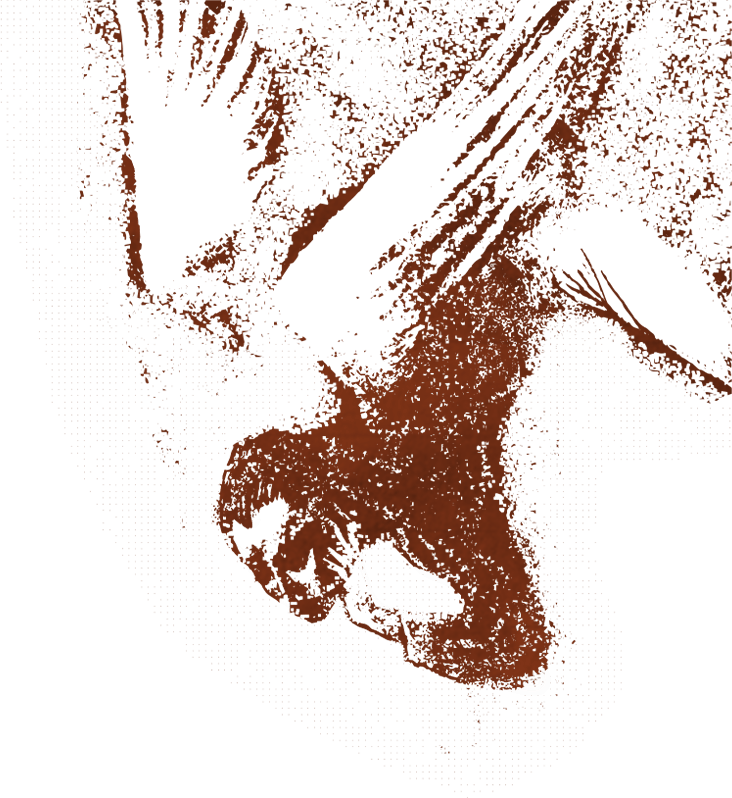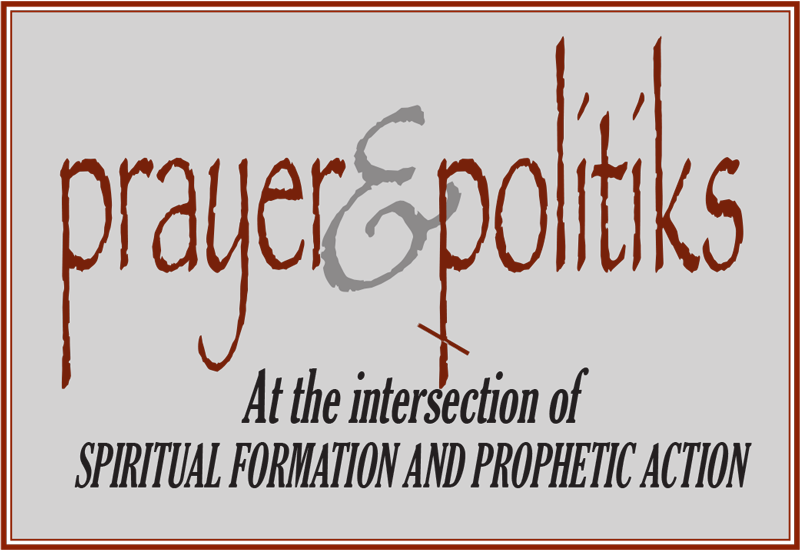Here is a delightful treatment of the early church’s marginality, from the perspective of Matthew’s gospel as a work of resistance. The gospel shapes the minority community’s identity and life style as an alternative community to resist the dominant Roman imperial and synagogical theological control, anticipating G-d’s reign over all (synagogue and empire)(p xvii).
Carter focuses his analysis on the social functions of ‘centre’ and ‘margins’. Matthew is written to those at the social margins, with the synagogue and empire at the centre (he points out the contemporary relevance—the church in the west is becoming increasingly marginalized. ‘G-d’s blessing resides not in knowing the emperor or the central elite but in experiencing G-d’s empire’ (p 4).
(Matthew must be read carefully; Matthew’s criticism of the culture has issues of ethnicity, gender and power that need careful delineation: all Jewish leaders are hypocrites, men are focused on more than women, the use of violence against those who resist.)
Carter writes compellingly of the early church’s size that Matthew addresses (Carter cites a range of 19 to 150—or perhaps 1000 Christians—in Antioch, whose population was about 150,000. Carter identifies four features of the gospel audience’s marginal existence: small numbers, an urban setting that helps shape an alternative identity, religious groups as places of alternative understanding, voluntary associations (eg funerary, religious groups, guild associations).
Matthew called for an alternative way of life in accordance with the establishment of G-d’s empire.
Vern Ratzlaff is a pastor and professor of historical theology at Lutheran Theological Seminary in Saskatoon, Saskatchewan, Canada.

